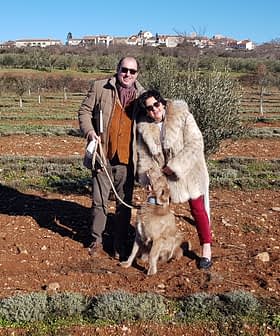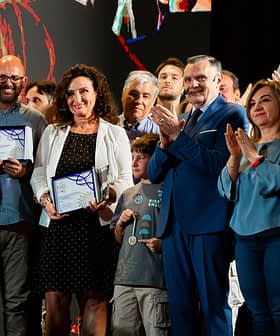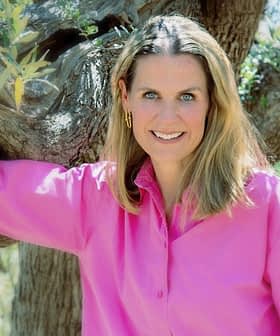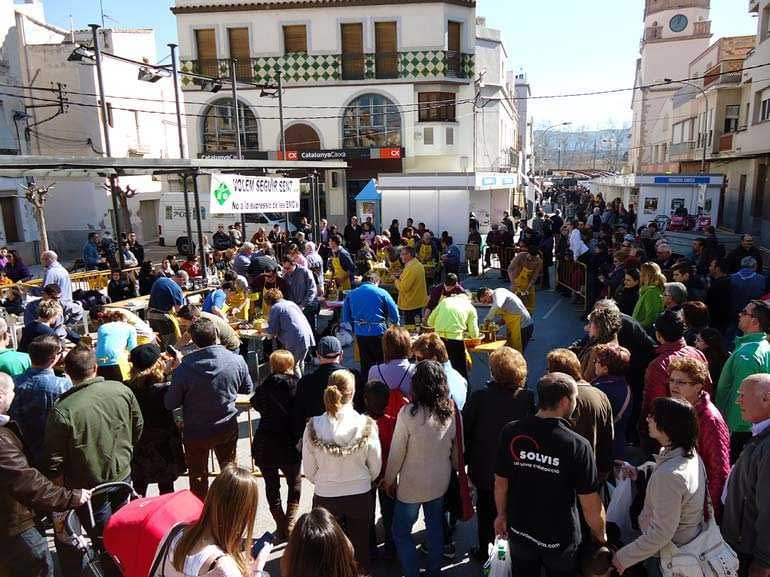
Despite one of their worst harvests in decades — due to a dire trio of drought, wind and the olive fly — the olive producers of les Terres de l’Ebre threw a lively olive oil fair last weekend in the village of Jesús.
Hailing from the lands around the Ebro river, Spain’s second longest river, and blessed by sunny skies, they were joined by several hundred visitors at the Fira de l’Oli de les Terres de l’Ebre, held near Tortosa, the capital of the district of Baix Ebre on the southern Catalan coast.
While the arbequina oliva variety predominates in other parts of Catalonia, in this area the native varieties sevillenca, morruda and farga, as well as some empeltre, are more common. Mostly rainfed plantations, they are fairly hardy but even so the combined clout of severe drought in the area last year and particularly bad problems with the olive fly took a heavy toll. Local growers — speaking to Olive Oil Times while overlooked by wind farms on nearby hills — said the prevailing wind is not on its own a problem but had exacerbated the loss of both quantity and quality.
Strong community spirit
At the official opening of the fair on Saturday, Pere Panisello, organizing committee president and local mayor, said the result was one of the poorest harvests in decades. “Yet, our olive oil producers have never been more involved in the fair,” he said. Panisello also singled out the strong presence of young entrepreneurs, “who made the fair their own.”
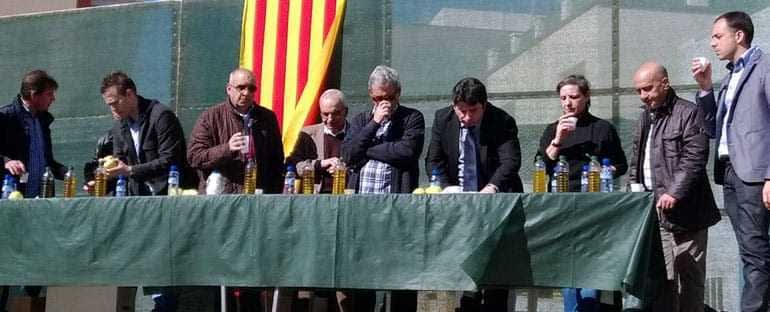
“Olive oil, and all that is related with it, every year inspires us to prepare a program of events that has again this year been very popular with the public, as evidenced by having fifty entrants in the olive pit spitting competition and thirty taking part in the allioli contest,” he said.
Olive oil competition
The final tastings to decide the winners out of the finalists in the 30th edition of the Olive Oils of les Terres de l’Ebre competition were held onstage on Sunday, an opportunity used by organizers to teach attendees a little about the criteria used to assess the quality of extra virgin olive oils (EVOOs).
The award for best oil overall, and also for the best single estate oil, was won by the Mas Beturià limited edition arbequina EVOO, made in Batea. The prize for best oil from the Baix Ebre – Montsià DOP went to Aureum, (Soldebre cooperative, Tortosa), that for the Terra Alta DOP went to Olikua (CECA, Gandesa), and that for the Siurana DOP went to Mussefres (La Serra d’Almos cooperative), while first prize for the non-DOP entries went to Select Cast (Soldebre).
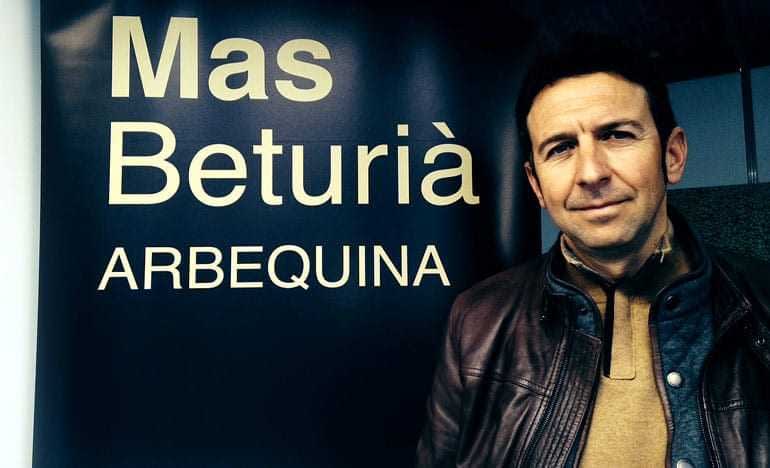
Next harvest expected to be a stunner
Rice and wine are among other key agricultural products in the lands around the Ebro river. In the case of wine and olive oil, they were the basic agricultural products in the districts of Baix Ebre and Montsià in the 14th century. According to historian Enric Bayerri, an olive grove, a vineyard, or both, were the assets most declared by local villagers in an official inventory in 1353.
Though this year’s olive oil harvest was over soon after it began and the previous one was “so-so”, producers predict the next one will be “exceptional”.

